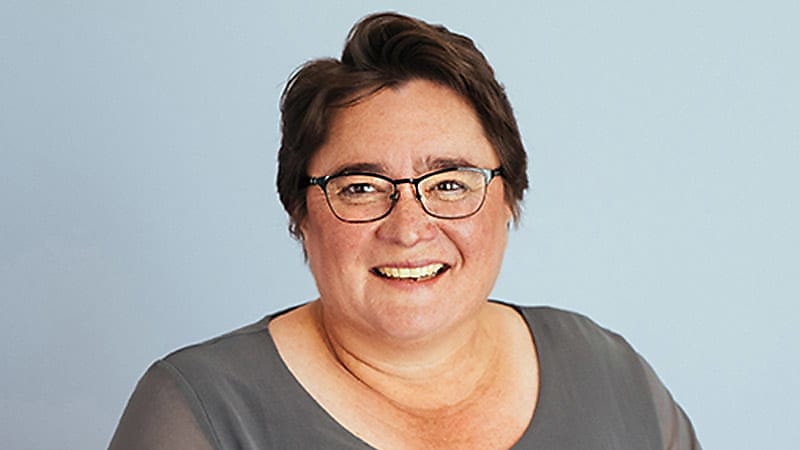Don’t rush the process of changing super funds
Changing superannuation funds requires a little foresight and management but it can reap dividends, says leading adviser Meg Heffron.
Ms Heffron said people will most likely change super funds at least once if their life but there is a lot to consider before making the move – even if it’s from a public fund to an SMSF or the other way around.
She said one of the things to think about is the tax implications and claiming a tax deduction for some or all of the personal super contributions made to an existing fund.
“There is paperwork to do to lock in this deduction and it has to be done before moving funds,” she said.
“For example, Anna contributed $10,000 to super in 2022/23 and also a further $2,000 in 2023/24. She wants to claim a tax deduction for both but she also wants to move all her super to a new fund in September 2023.”
Ms Heffron said in this example, the paperwork for both contributions of $12,000 must be done before changing funds, and not only do the relevant forms need to have been completed – a Notice of Intent to claim a tax deduction or a Section 290-170 notice – but the trustee of the previous fund must have also acknowledged the notices, for without that acknowledgment the deduction won’t be valid.
“And unfortunately, once you have changed funds, you can’t change your mind about the tax deduction and vary it,” Ms Heffron said.
Rather than deciding now how much you may want to claim in 2023–24, Ms Heffron said it may be more advantageous for the client in this example to either drop the idea of claiming a deduction for the $2,000 contributed to the old fund in 2023–24, put in extra contributions in the new fund once the client has moved there, and only claim a tax deduction on contributions to the new fund.
“It’s also important to double-check what will happen to insurance benefits when moving from one fund to another,” Ms Heffron said.
If moving to an SMSF, you can set up insurance in the SMSF and ensure everything is in place before closing out the insurance in the previous fund, which will make sure the member is protected against the possibility that they can’t get the cover they expecting in a new SMSF, or if it is much more expensive.
Ms Heffron said some people keep a small balance in their old fund just to keep the insurance running if they can’t get exactly what they want at the right price in their new fund.
It is also sensible to think about things such as binding death benefit nominations (BDBNs), which are legally binding instructions the trustee must follow when paying out super for a member who has died.
BDBNs are fund-specific, so if they’re to continue they will need to be replicated in the new fund.
“It also pays to think about whether the instructions should change in a new fund,” Ms Heffron said.
“For example, it is common to have a binding death benefit nomination in a public fund. But sometimes members of an SMSF don’t do this.
“If their spouse is also a member of the SMSF and will effectively inherit control on the member’s death, it may be preferrable to leave the spouse with some autonomy when it comes to dealing with the death benefit.”
Moving to another super fund can also incur some costs. Some public funds allow members to choose specific investments for their super but if member leaves they will be charged capital gains tax if these assets have grown in value – meaning the amount rolled over to the new fund is smaller than expected.
“That happens even if the member is actually transferring the assets ‘in specie’ to their new fund rather than selling them and transferring the cash,” Ms Heffron said.
“While it might feel like there’s been no ‘sale’ which is what usually triggers capital gains tax, there’s still a transfer to a new owner which is the same thing from a tax perspective.”
If you are moving from a SMSF to a public fund, the SMSF will need to sell its assets and wind up and incur costs but these can sometimes be minimised by managing the transition over several years.
Ms Heffron said there are good strategic reasons why many people have their super split between several different accounts in retirement such as having multiple pensions and an accumulation account.
But these can be a challenge if moving from one fund to another quickly because the accounts could be mixed up if they are all transferred into the same account in the new fund.
“That can unwind years of careful planning,” Ms Heffron said.
“With good upfront planning it’s easy to avoid this outcome and simply manage the transfer progressively.”


